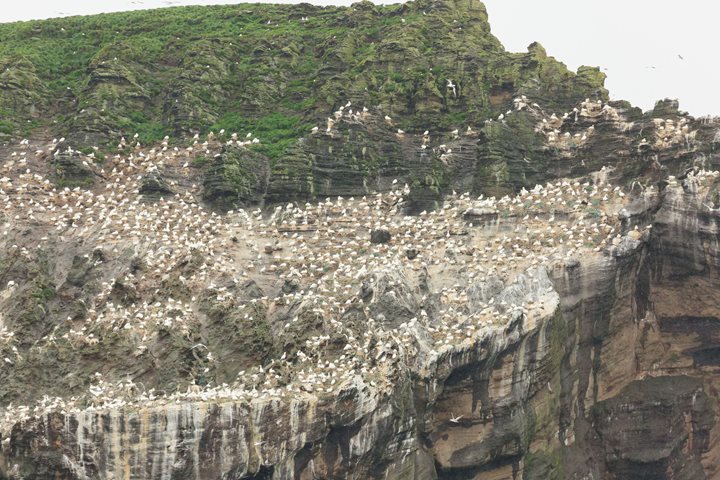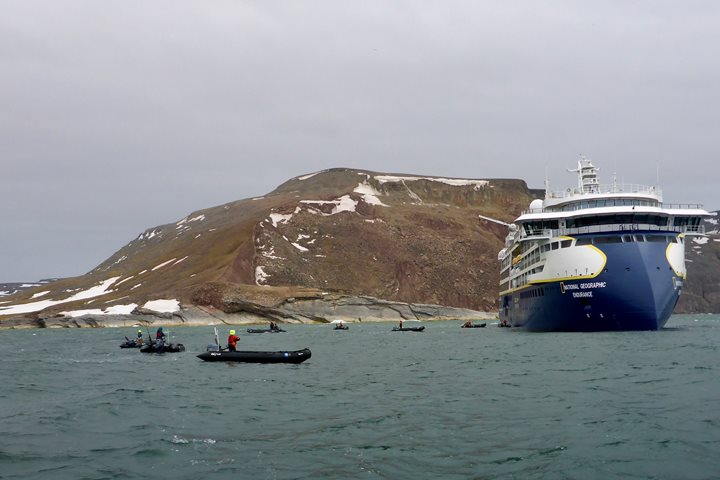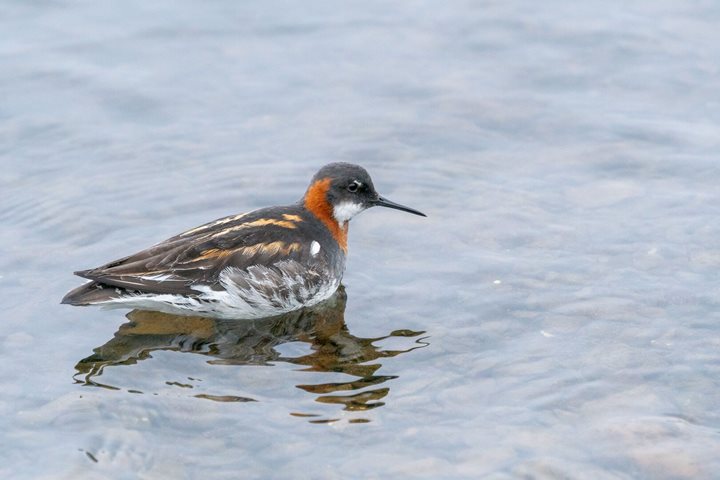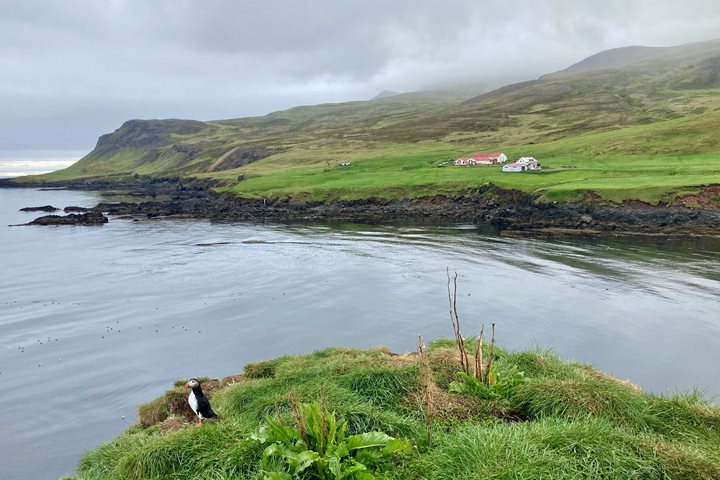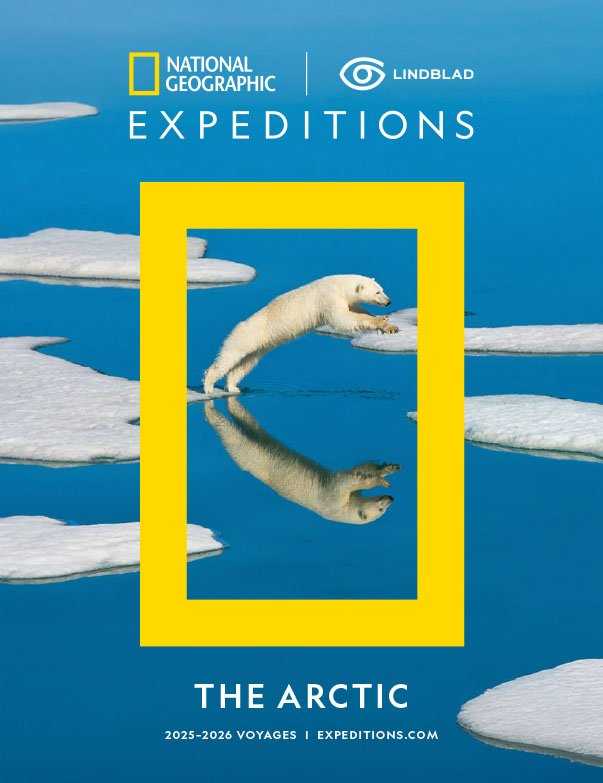Norway: Under the midnight sun, photograph epic wildlife such as polar bears, reindeer, walruses, seals, whales, and myriad birds. Cruise and kayak beneath soaring cliffs and tumbling cascades along the Norwegian fjords.
Iceland: Take a Zodiac cruise through a basalt cave, hike the base of a fjord to a thundering waterfall, or stroll sea cliffs aflutter with gannets and puffins. Encounter local culture, tradition, and music.
Greenland: Greenland’s icescapes glitter in a dazzling tableau of iridescent icebergs and calving glaciers that we explore by kayak, Zodiac, and on foot. Go beyond the country’s icy surface to experience cultural encounters in thriving Inuit communities.
Canada: For the explorer who seeks seldom-seen lands, as well as elusive muskoxen, polar bears, walruses, belugas, and narwhals. Further south, along the rocky coasts of the maritime regions, we see a different side of Arctic exploration: traces of the peoples who settled these shorelines. Discover Viking villages, a Moravian mission, and other historical relics in a once-popular landing spot for westward voyagers.




































